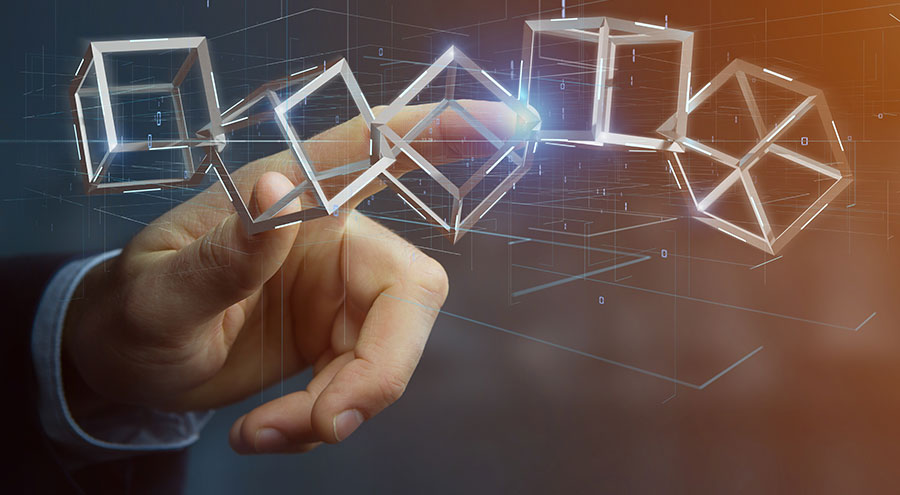Blockchain is so much more than just a fundraising tool, yet fundraising is also inextricably tied to the cryptocurrency world. The most promising projects, after all, need money to get off the ground and support themselves. So how can developers use blockchain to raise funds?
The Ambiguous Future of the ICO
To cryptocurrency newcomers, Initial Coin Offerings (ICOs) are one of the most attention-grabbing aspects of the blockchain world. ICO fundraising surpassed traditional venture capital in mid-2017, and recent blockbuster ICOs such as Telegram’s, which raised about $1.7 billion, has further increased ICOs’ overall performance figures. ICOs are so prevalent in part because they can offer purchasers revenue: a recent study determined that the average ICO token purchaser obtains 82% in profit.
ICOs are conceptually simple: startups who plan to offer platforms and applications that run on a specific token sell that token ahead of time to fund completion of the platform. The ICO world has been plagued with fraud, fears of a growing bubble, and regulatory oversight. One study found that almost half of 2017 ICOs had failed by early 2018. The SEC has announced plans to regulate ICO tokens that function as securities, regardless of how they’re marketed and labeled during sales.
ICOs still make money, but their gold rush days won’t last forever. As purchasers become more discerning, ICOs who can prove they’ll follow through on their promised utility are more likely to thrive. And as regulatory attitudes surrounding ICOs evolve, ICO operators might have to meet strict securities law requirements.
Increase Customer Confidence with Reliable Fund Transfers
Blockchain-based cryptocurrencies, as any blockchain evangelist will tell you, offer increased security and transparency over fiat currency transactions. Blockchain transactions cannot be tampered with, and their immutable ledger can function as a transparent, universally accessible account of how a crypto-asset has changed hands. Furthermore, smart contracts built into blockchain tokens can automate certain parts of a transaction, further increasing customer confidence. Smart contracts ensure that blockchain vendors can’t grab the money and run, as the contracts automate asset transfers as soon as the blockchain transaction concludes.
Many startups are using blockchain’s inherent reliability to make a case for increased consumer confidence in transactions. These pitches land particularly well when consumers are trying to make international transactions, as blockchain can move effortlessly across national borders. Ripple’s blockchain-based global currency transfers appeal to these consumers.
Some companies use blockchain’s reliability to appeal to consumers in traditionally opaque and inefficient industries. Utopi, for example, uses blockchain to let users exchange Utopi tokens for “tickets” to live stream charity events. The token’s immutable transaction ledger unlocks the requested live stream, and afterward, the ledger documents the token’s exchange into fiat currency to benefit the performer’s chosen charity. Fraud and inefficiency have historically plagued charity events, but Utopi uses blockchain ledgers to enforce transparency and lower administrative costs.
Is a DAO Right for You?
The decision to opt for a Decentralized Autonomous Organization (DAO) is more complicated than just a funding decision. In DAOs, leadership responsibilities and internal governance decisions are distributed among participants rather than centralized in a few hierarchical roles. Developers who construct DAOs must be prepared to govern them in full cooperation with their user community.
This structure can benefit some kinds of organizations, and it can certainly help those organizations manage the flow of funds through their system. A nonprofit DAO could incorporate smart contract rules that reward fundraising behavior among its participants. An investment DAO (similar to the Original DAO) could incentivize fundraising by allocating investment decision-making powers among token holders. Users’ contributions could increase their influence within the DAO.
DAOstack, a startup building a DAO tool suite, is launching their own DAO called the Genesis DAO. The Genesis DAO uses a “holographic” consensus model that enables DAOs to scale without compromising on decentralization and incorruptibility. In DAOstack, anyone can stake GEN tokens in favor of or against a governance proposal. Proposals that garner enough attention, as reflected by GEN tokens, are more likely get voted on by reputation-holders, who have demonstrated their credibility within the DAO not through token ownership but through their credentials and contributions. GEN token-holders who have staked on proposals that pass gain more tokens.
Investigate Novel Mining Opportunities
Most people already know that they can make money from Bitcoin mining, though a decreasing reward rate and a concentration of mining power in massive farm operations are gradually lessening the profit potential of a single person with an ordinary computer. But some cryptocurrencies offer unique mining opportunities for specific kinds of entities that participate in the token’s industry sector.
MedRec, a blockchain-based health records project from MIT, incentivizes mining among healthcare institutions by rewarding transaction validators with access to anonymized, consent-informed health population data for use in research activities. Nano Vision, another healthcare startup, rewards research entities who contribute data to the Nano Cure Chain with Nano Cure tokens.
Fundraising is an essential part of the blockchain world. Blockchain itself can contribute to the fundraising process.
